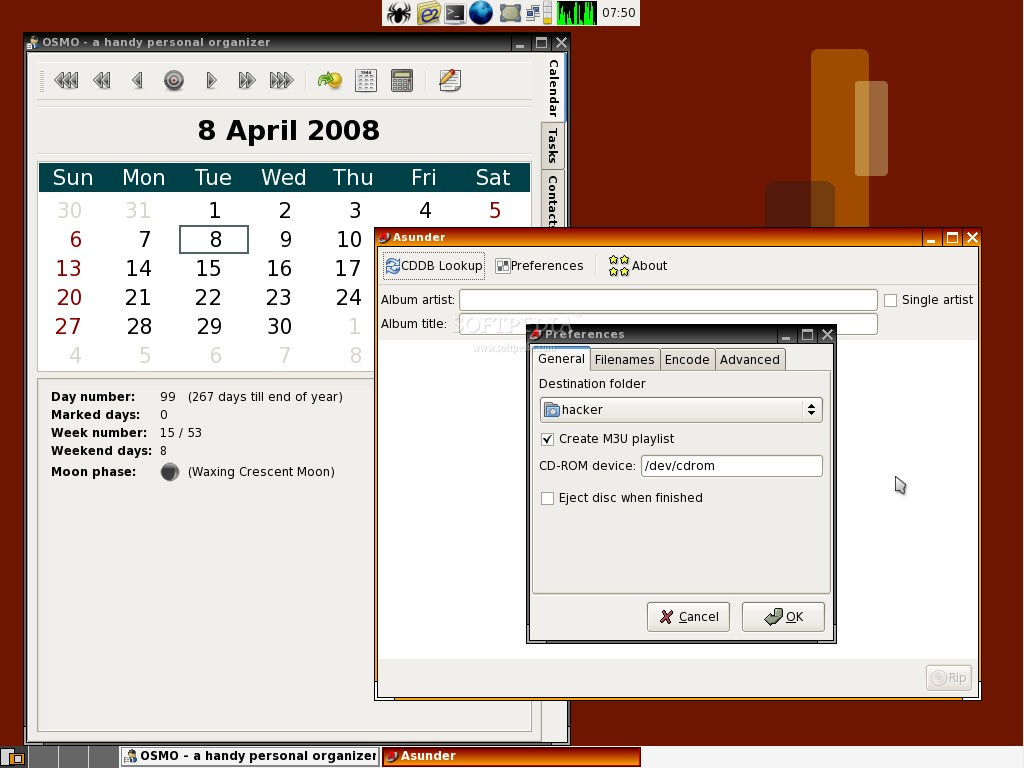What Happened to SliTaz and Damn Small Linux?
Introduction
SliTaz and Damn Small Linux (DSL) were two highly regarded lightweight Linux distributions, known for their ability to operate efficiently on older hardware or in resource-constrained environments. While they achieved significant popularity in their time, both have experienced stagnation or a decline in active development. This article explores the history of these projects, their innovations, and the factors contributing to their current state.
Damn Small Linux (DSL)
Overview
Damn Small Linux was created by John Andrews in 2003. Designed to run on systems with as little as 16 MB of RAM, it was one of the smallest functional Linux distributions available. DSL became popular among users who wanted to breathe new life into old hardware.
Key Features
Tiny Footprint: DSL could fit on a 50 MB live CD or a USB drive, making it ideal for minimal setups.
Full Desktop Environment: Despite its size, it included a functional GUI with the Fluxbox window manager.
Extensive Hardware Support: DSL supported a wide range of older hardware out of the box.
Lightweight Applications: It shipped with lightweight alternatives like Dillo (web browser) and Ted (word processor).
Why Did It Decline?
Limited Development Resources: DSL relied on a small team of developers, which made maintaining the project difficult as Linux kernel and software dependencies evolved.
Competition: Other lightweight distributions like Puppy Linux and Tiny Core Linux emerged, offering similar functionality with more modern features.
Changing Needs: As hardware became more powerful and affordable, the demand for extremely lightweight systems diminished.
Project Stagnation: DSL's last official release was version 4.4.10 in 2008. Attempts to revive the project with version 4.11 were incomplete and lacked momentum.
SliTaz (Simple Light Incredible Temporary Autonomous Zone)
Overview
SliTaz, first released in 2008, aimed to provide a fully functional operating system within a 30 MB ISO image. Developed in Switzerland by Christophe Lincoln and contributors, SliTaz was notable for its efficient use of resources and user-friendly tools.
Key Features
Minimalist Design: SliTaz offered a simple yet powerful operating system that could run on systems with just 192 MB of RAM.
Custom Tools: It included tools like TazPkg (package manager) and TazPanel (web-based configuration interface) to streamline user management.
Rolling Releases: SliTaz adopted a rolling release model, ensuring users had access to the latest software without needing to reinstall.
HTML5 Desktop: Later versions embraced web technologies, offering an HTML5-based desktop experience.
Challenges
Limited Developer Base: Like DSL, SliTaz depended on a small group of volunteers, which constrained development and support.
Competition: As distributions like Lubuntu and other lightweight variants of major distros became more popular, SliTaz struggled to differentiate itself.
Declining Activity: The latest stable release, SliTaz 5.0, was in the works for many years and officially released in 2022. However, the community and activity levels remain low.
Technological Advancements: The rise of containerized environments, virtual machines, and other technologies shifted focus away from ultra-lightweight distributions for old hardware.
The Legacy of DSL and SliTaz
Both DSL and SliTaz represent an era of Linux distributions dedicated to making the most out of minimal resources. They showcased the power of open-source development and inspired countless developers and users. While they no longer enjoy widespread use or active development, their influence persists:
DSL: Paved the way for other minimalist distributions like Tiny Core Linux, which continues the tradition of ultra-small operating systems.
SliTaz: Its innovations in lightweight tools and rolling release systems remain relevant for niche applications.
Conclusion
Damn Small Linux and SliTaz were groundbreaking in their approach to lightweight computing, but their decline reflects broader trends in technology and software development. As hardware evolves, the need for extremely lightweight systems has diminished, and the challenges of sustaining niche projects with limited resources have become apparent. However, their spirit lives on in other lightweight distributions and as inspiration for developers looking to optimize Linux for specific needs.





